Research Summary
By Viriane

Why I Chose This Topic?
When I began preparing for my MSc dissertation, most of my peers were exploring Gen-Z TikTok trends or influencer marketing. Important topics yes, but I wanted to look closer to home. Côte d’Ivoire, my mother’s country, has always been a creative and spiritual anchor for me. Each visit left me fascinated by the incredible talent around me – tailors, designers, jewelers, artists – yet I found almost no academic research on how these businesses actually survive and thrive.
Most existing studies focused on agriculture, cocoa, cotton, rubber, while creative industries were virtually absent from the literature. This gap frustrated me. So I set out to explore how small and medium-sized creative businesses in Côte d’Ivoire operate and what drives their success.
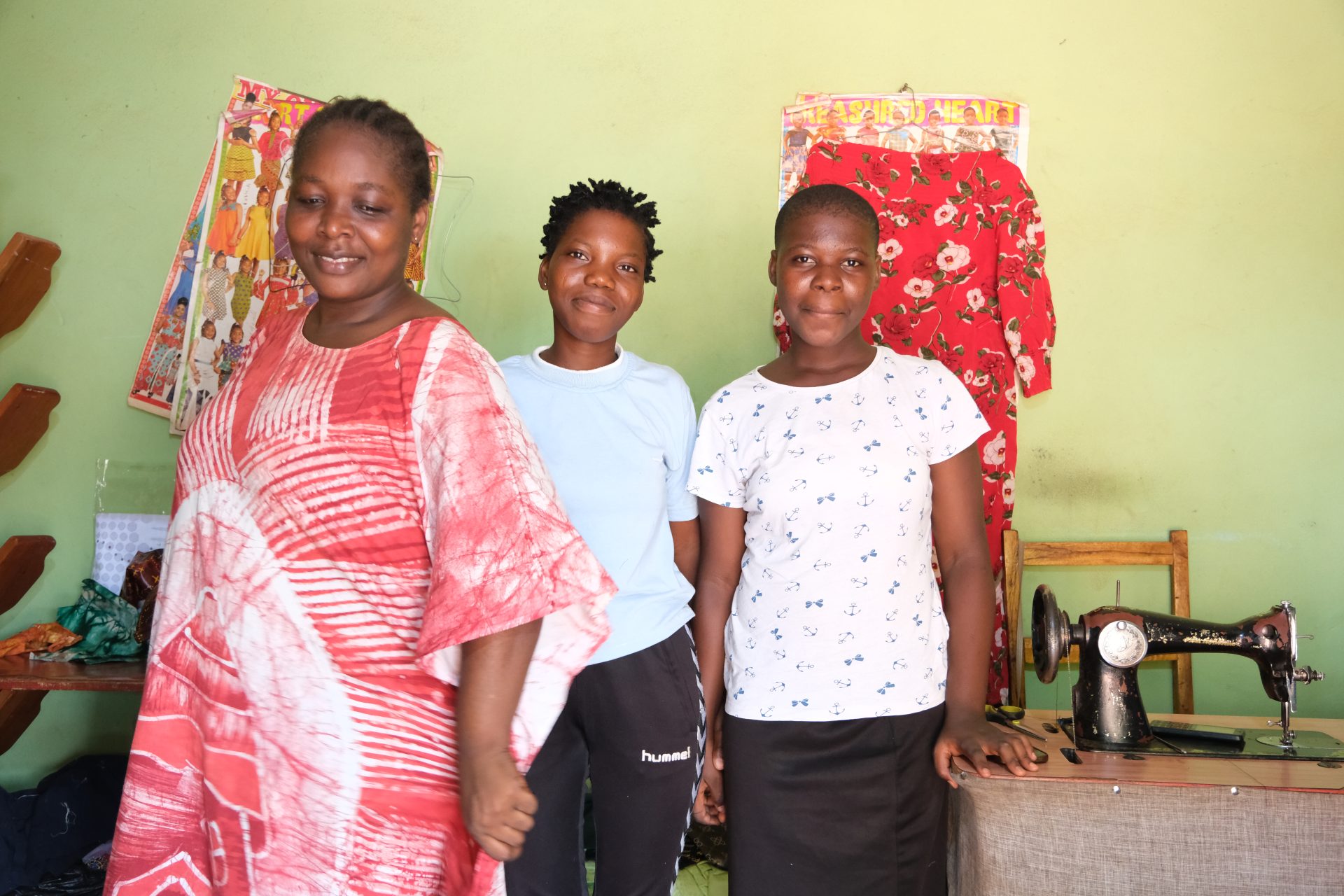
What I Did
I designed a concurrent mixed-methods study, combining:
- Quantitative surveys (over 150 responses) to capture demographic and business trends.
- Qualitative one-to-one interviews with designers, tailors, and entrepreneurs to understand cultural and economic nuances.
I spent several weeks on the ground in Abidjan and Abengourou. The result became both a dissertation and a short film, blending analysis with photography, sound, and footage captured during my fieldwork.
What I Found
Several clear thematic trends emerged from my research:
- Innovation & resilience were the strongest predictors of success. Entrepreneurs who adapted quickly and found creative solutions to challenges were more likely to survive.
- Financial literacy and formal business training were often missing, leaving SMEs vulnerable when scaling or applying for funding.
- Globalisation is pulling younger generations away from traditional apprenticeships, with some moving into quick-cash work like mining.
- Digital presence was a game-changer, SMEs who leveraged social media or e-commerce expanded far beyond their local markets.
Systemic barriers persist, high costs for market stalls, limited grants, and declining cultural sector support were consistent concerns.
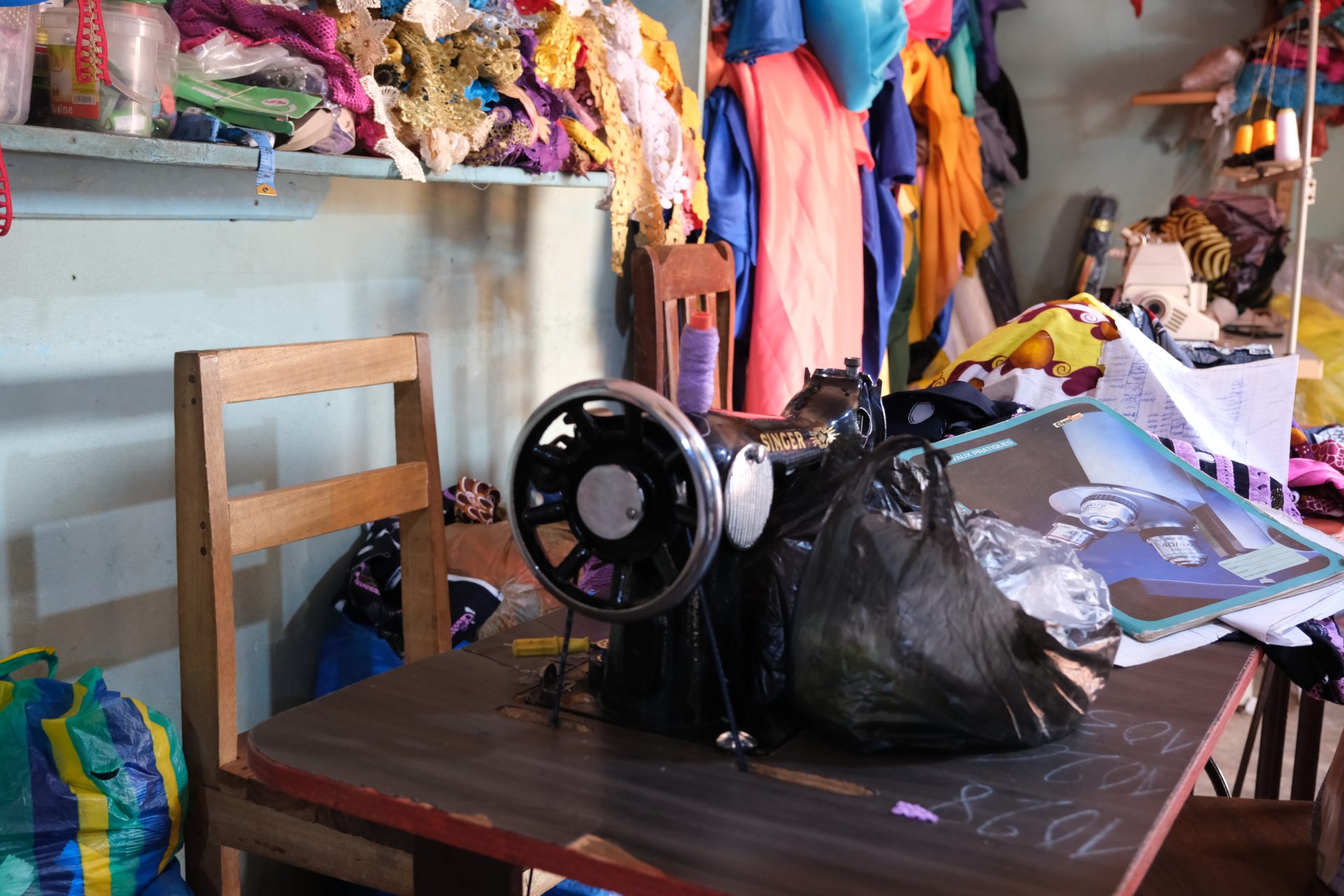

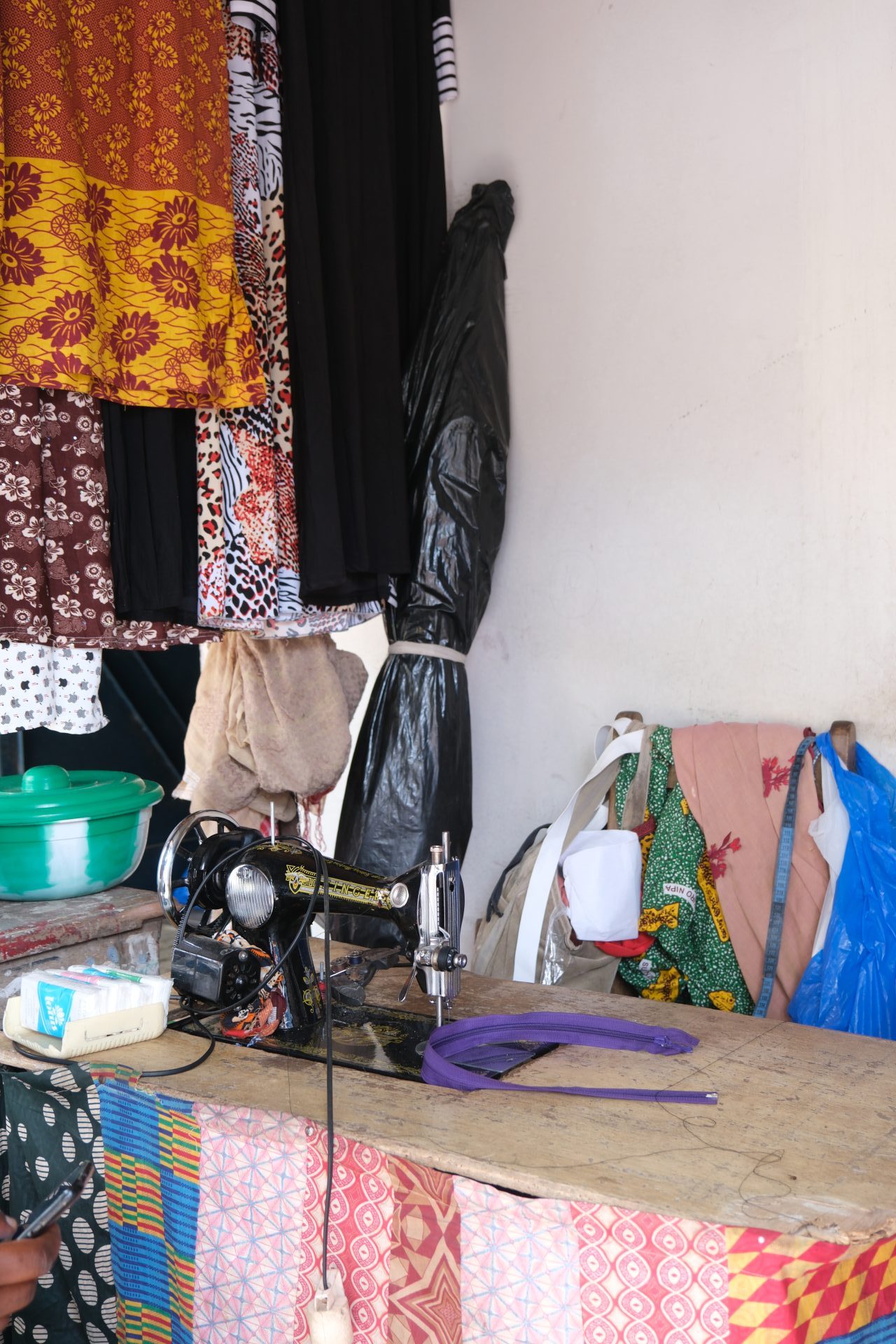
Scaling Without Support: The Capacity Challenge of Freedom
One of the most striking insights was that ambition alone wasn’t enough, production capacity simply isn’t in place to support growth.
Grassroots designers told me they dreamed of expanding but lacked the space, machines, or trained staff to scale. And even at the top, the issue persists. Pathe’O, one of Côte d’Ivoire’s most renowned fashion designers, now operates multiple production sites across Abidjan. Yet when Dior placed an order for 600 square meters of his signature hand-dyed textile, his team couldn’t meet the deadline. The technique, intricate and fully handcrafted simply couldn’t be rushed.This revealed something profound: from the smallest seamstresses to the biggest names, the entire sector is constrained by capacity. Without structural investment and training, Ivorian creatives risk missing opportunities even when global demand is at their door.
Voices from the Field
What stayed with me most were the voices of the entrepreneurs themselves:
“When you are creating garments, customers will come.”
— Tailor, Abidjan
“On fini jamais à apprendre.” (“We never stop learning.”)
— Jeweler, Abengourou
“Les finitions sont importantes, c’est la base de la mode ici en Côte d’Ivoire.”
(“Finishing touches are important, it’s the foundation of fashion here in Côte d’Ivoire.”)
— Tailor, Abengourou
“I want a bigger shop to accommodate more employees.”
— Entrepreneur, Abidjan
“The first woman I trained was in school. She wasn’t passing her exams… so I took her under my wing. I taught her everything I knew… and that allowed her to grow and gain opportunities within the fashion industry.”
— Asita, Designer & Mentor, Abidjan
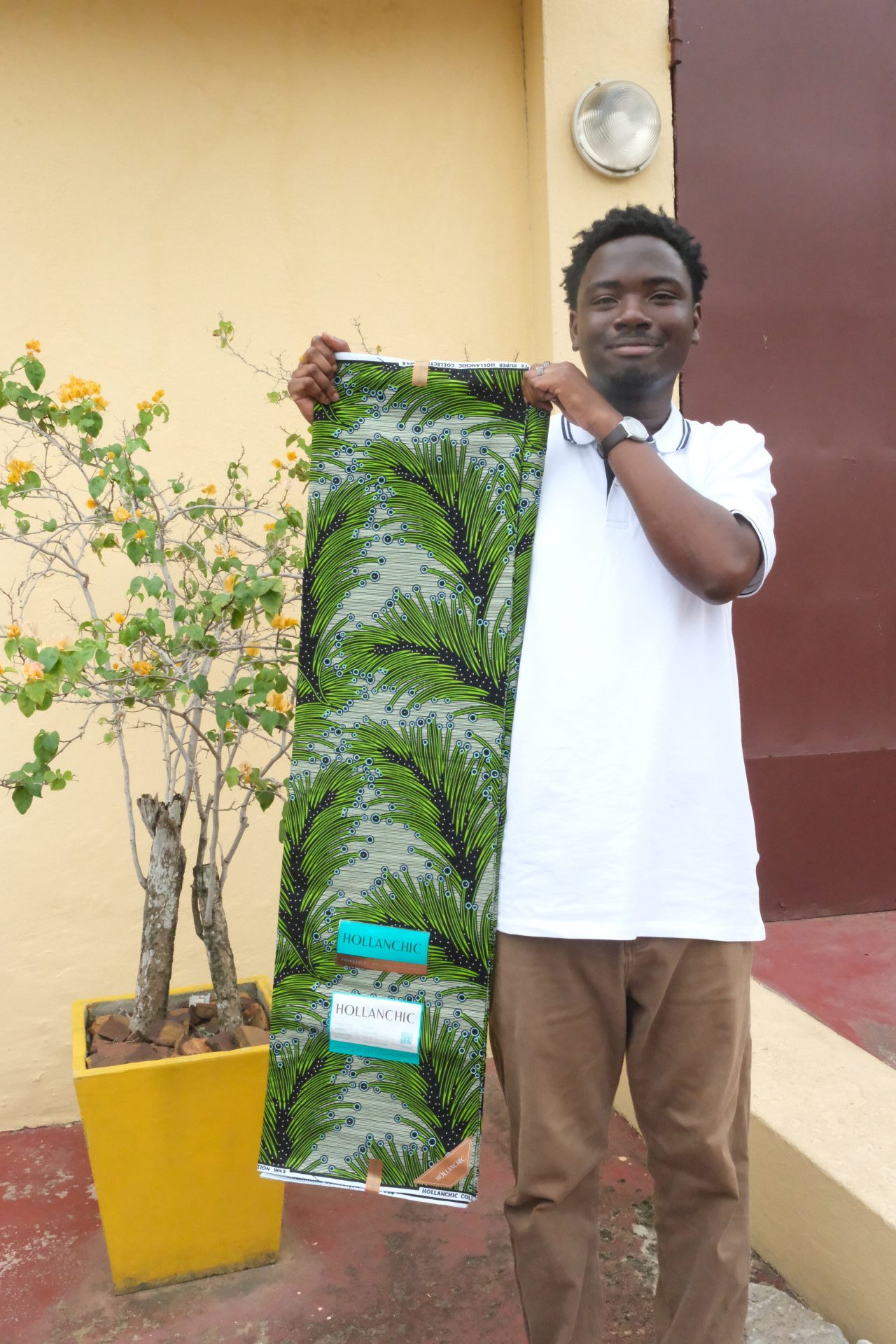

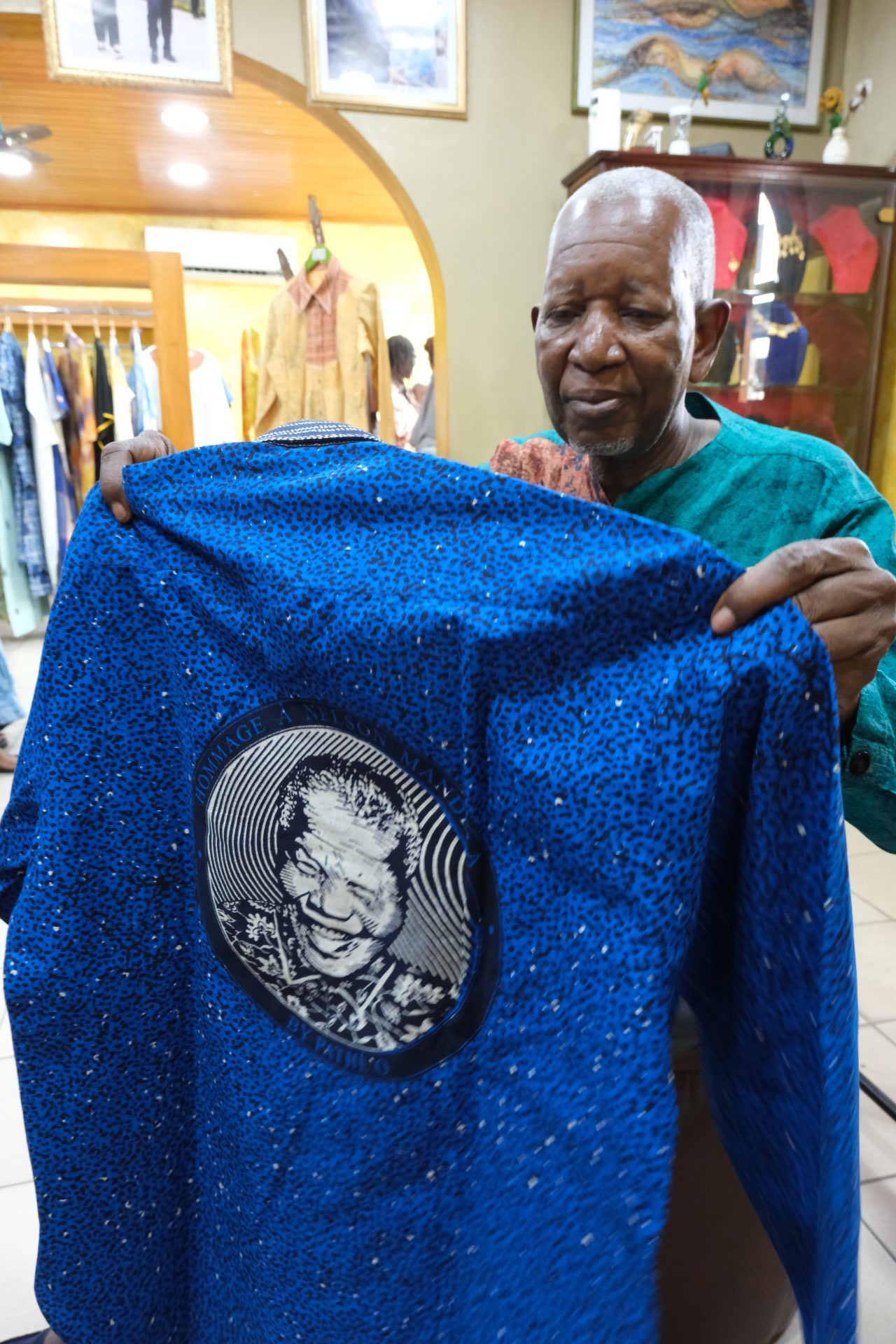
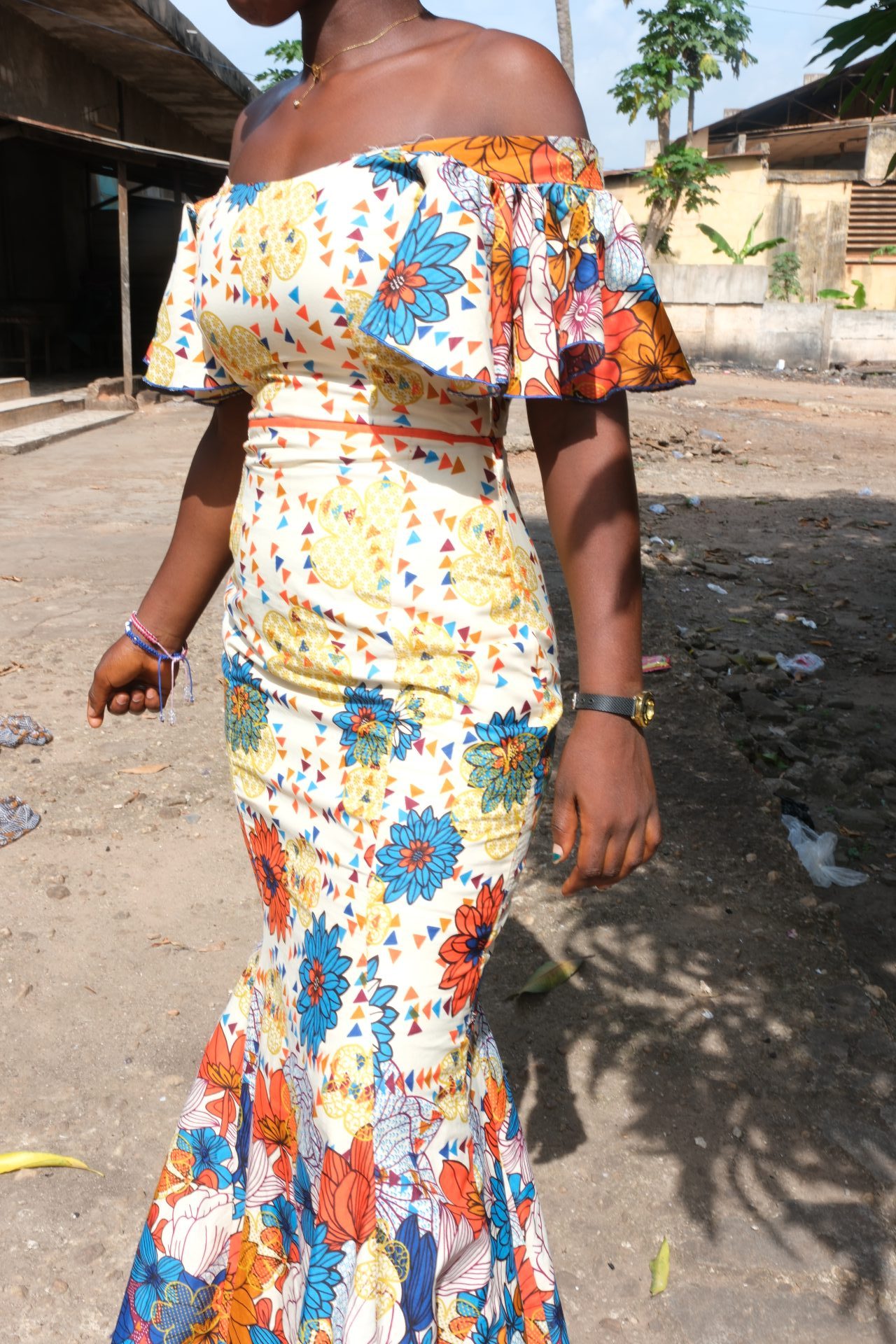
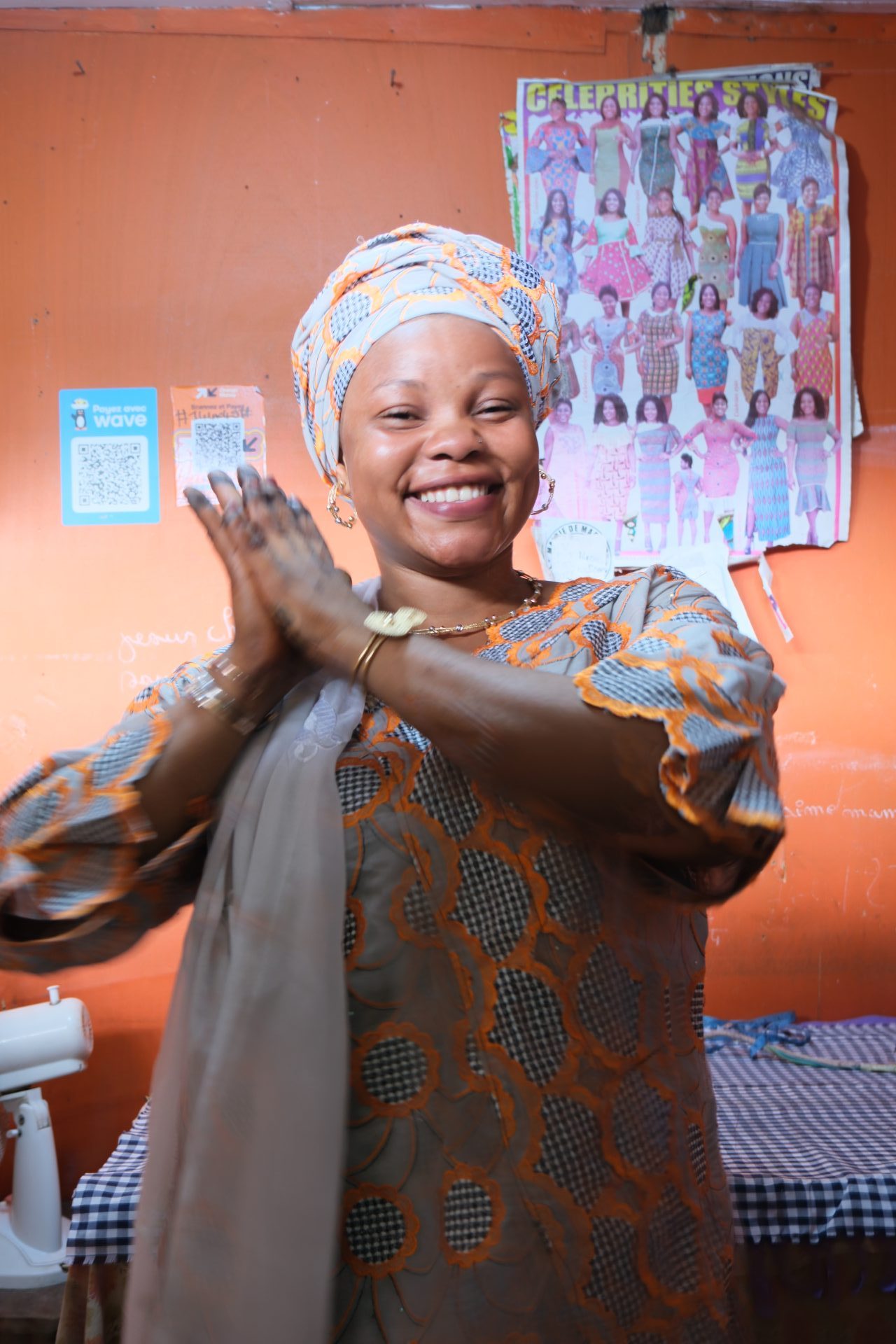
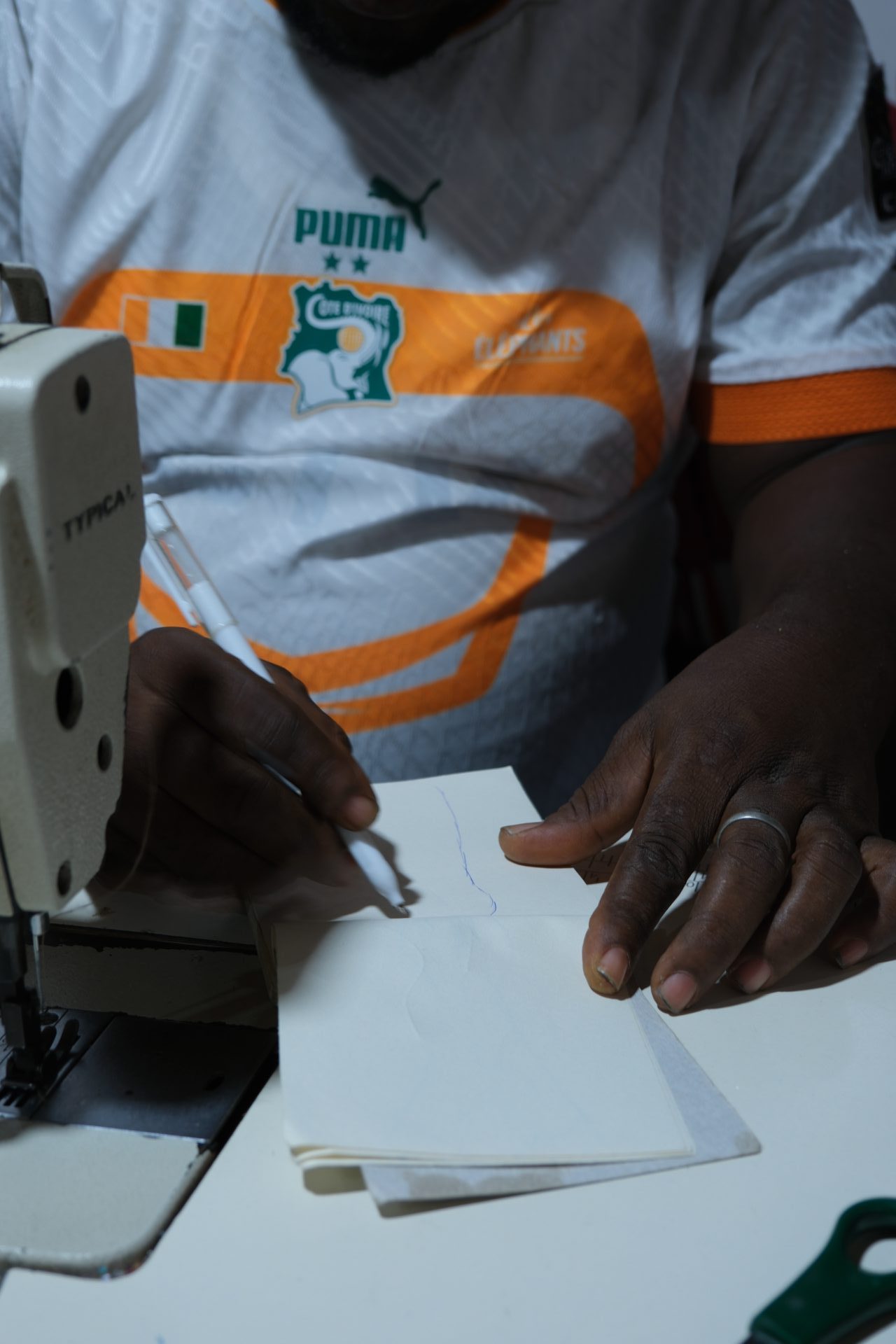

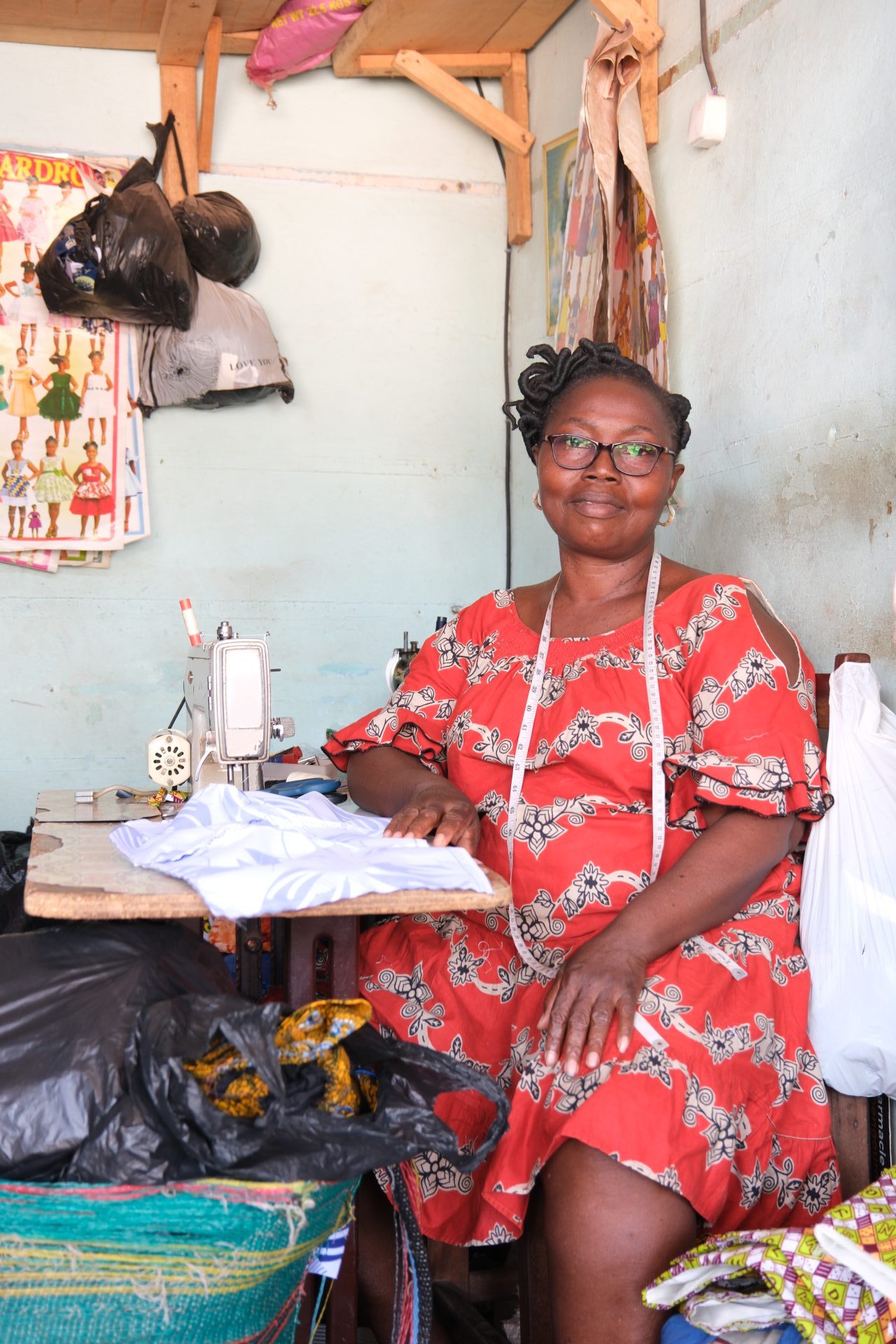
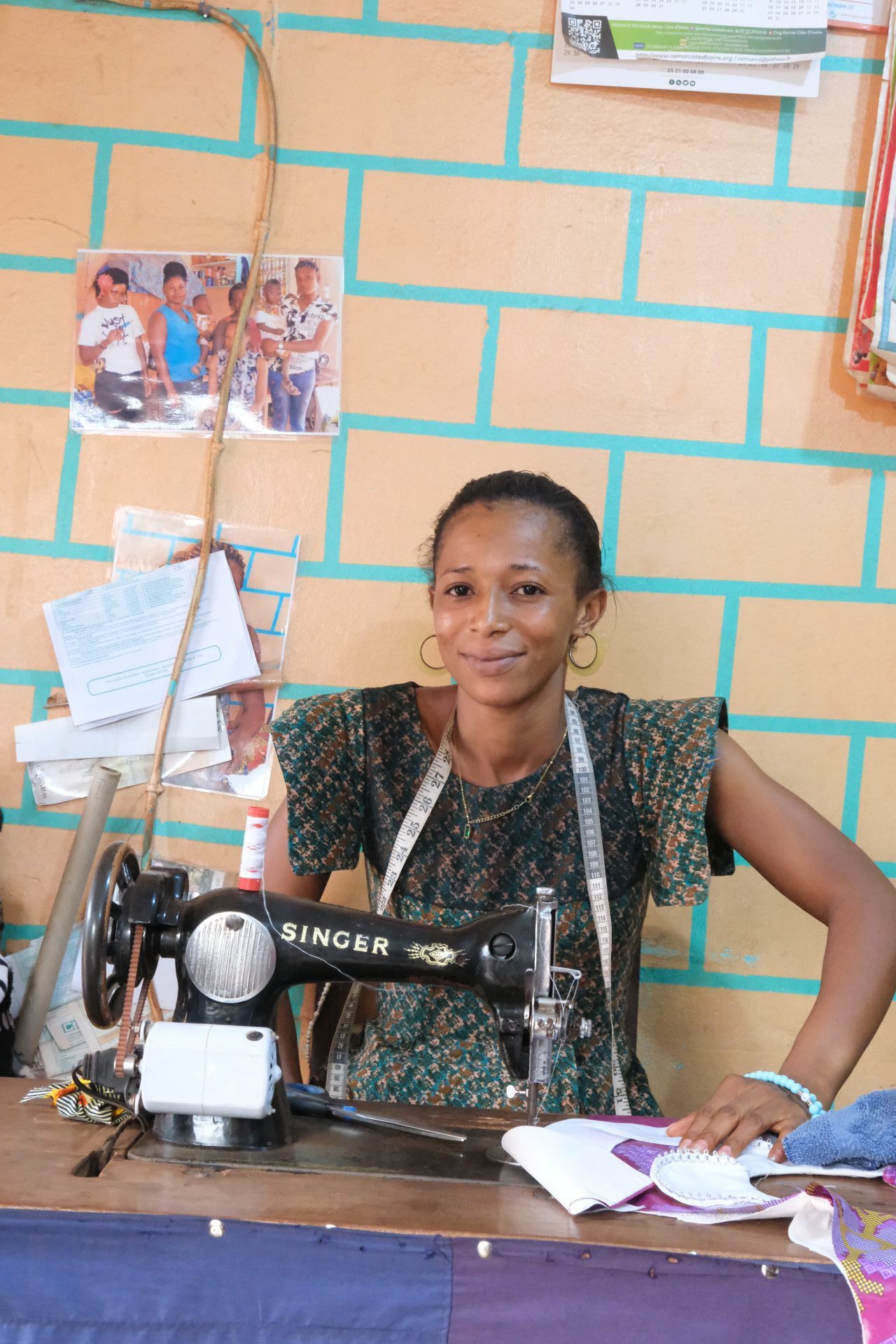
Why it Matters
Côte d’Ivoire’s creative entrepreneurs are culture bearers, preserving craft traditions while shaping new aesthetics for a global audience. Yet many work day-to-day with limited access to investment, training, or government support.
My research highlights the urgent need for cultural funding, business education, and infrastructure development to help these businesses scale sustainably.
For me personally, this project was transformative. It showed me how research and film can intersect to give visibility to African stories that risk being overlooked. These insights continue to inspire my creative practice as I develop films rooted in West African identity, resilience, and innovation.
Cultural Threads Film available to watch here.
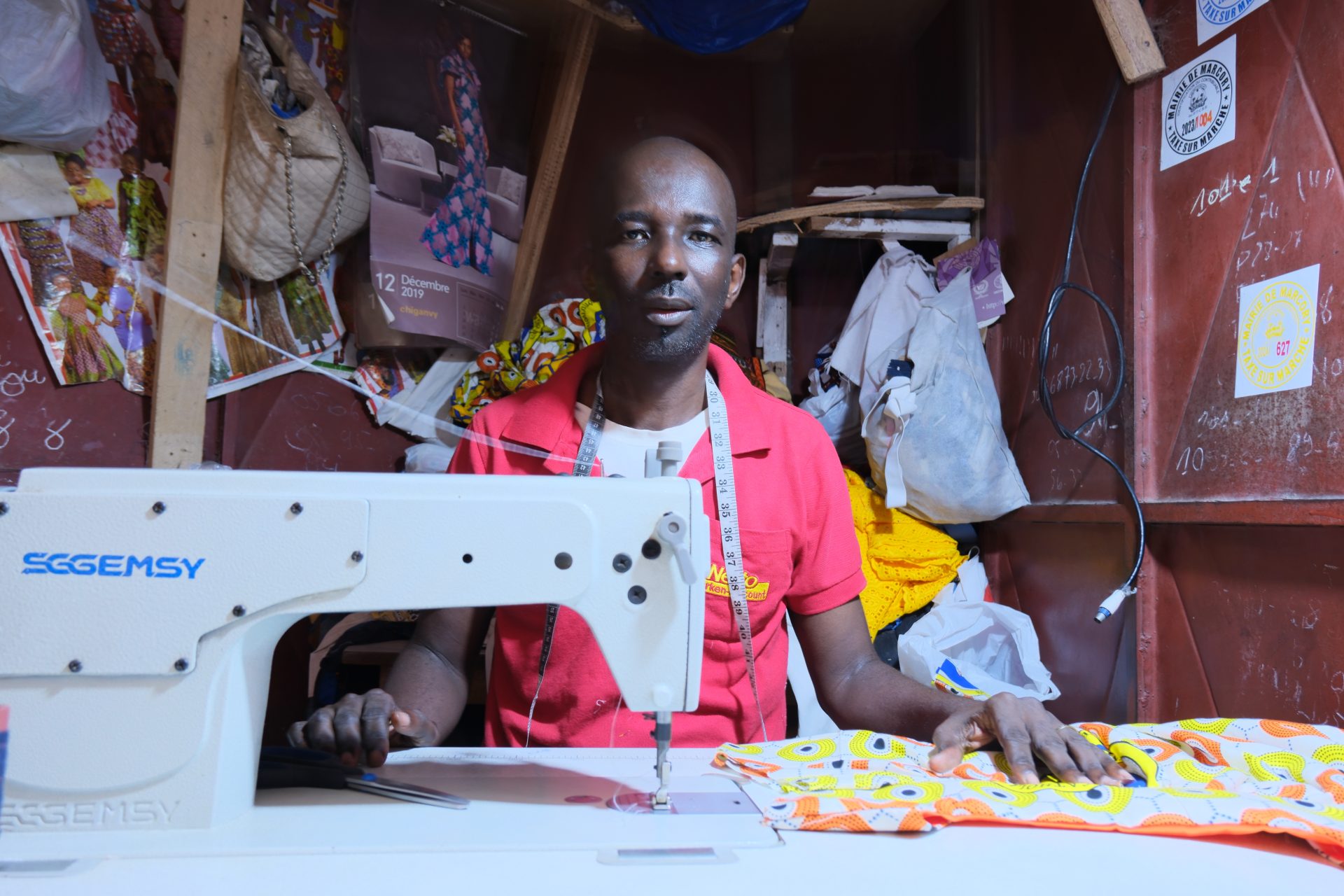
Full research report available on request.